The Installation Lap is a weekly Substack column dedicated to helping Americans develop a deeper appreciation for Formula 1.
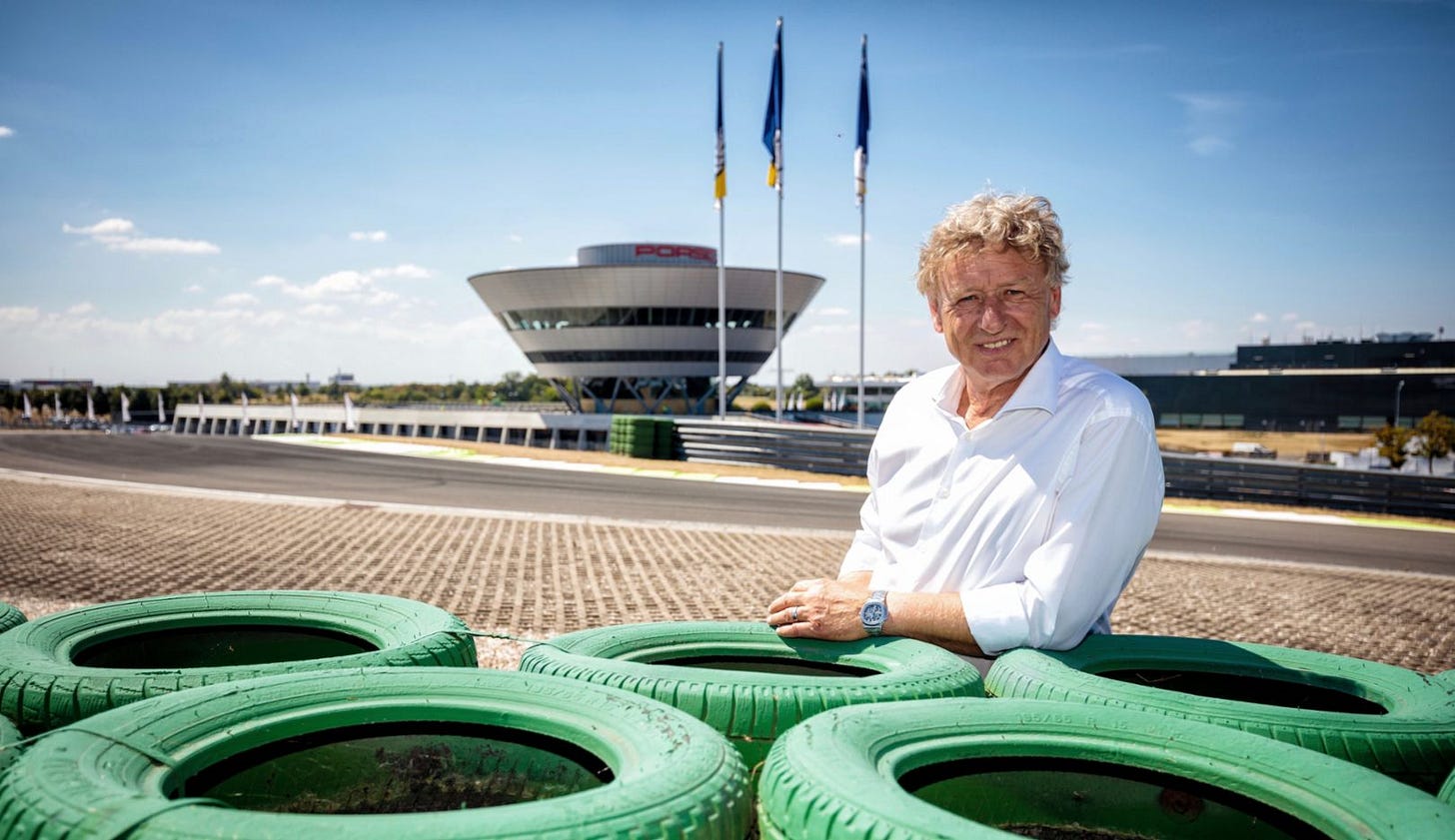
A German named Hermann has done more to shape the sport of Formula 1 than perhaps any single individual outside of Bernie Ecclestone. Despite the importance and influence of this man, even seasoned F1 fans might not know the name Hermann Tilke. Those that do - may well revile him.
So who is Hermann Tilke? Hermann Tilke is an engineer and a former racing driver. But his claim to fame, and the reason you’re reading about him now, is that Hermann Tilke has been the sole designer of the majority of modern Formula 1 circuits. Remarkably, he has designed over 20 modern Grand Prix circuits and numerous others for different motor racing levels.
Tilke began racing cars in the 1980’s. He competed in touring car racing, very popular in Germany, and spent quite a lot of time racing at the famed Nürburgring Nordschleife circuit. If you don’t know this track, I suggest you get acquainted. It is a marvel. Hermann also competed in series like VLN endurance racing, and some endurance racing at the 24 Hours of Nürburgring. In 1984 after completing his degree in Civil Engineering with a specialization in transport and traffic management (who knew this was the pedigree of an F1 track designer?), Tilke founded his company, Tilke Engineering that same year.
While the FIA recognizes four designers, Tilke, the beloved and highly respected Charlie Whiting (1952-2019), John Hugenholtz (who designed f-ing Suzuka!), and Peter Wahl - it is really only Tilke who has been getting the commissions over the last decades.
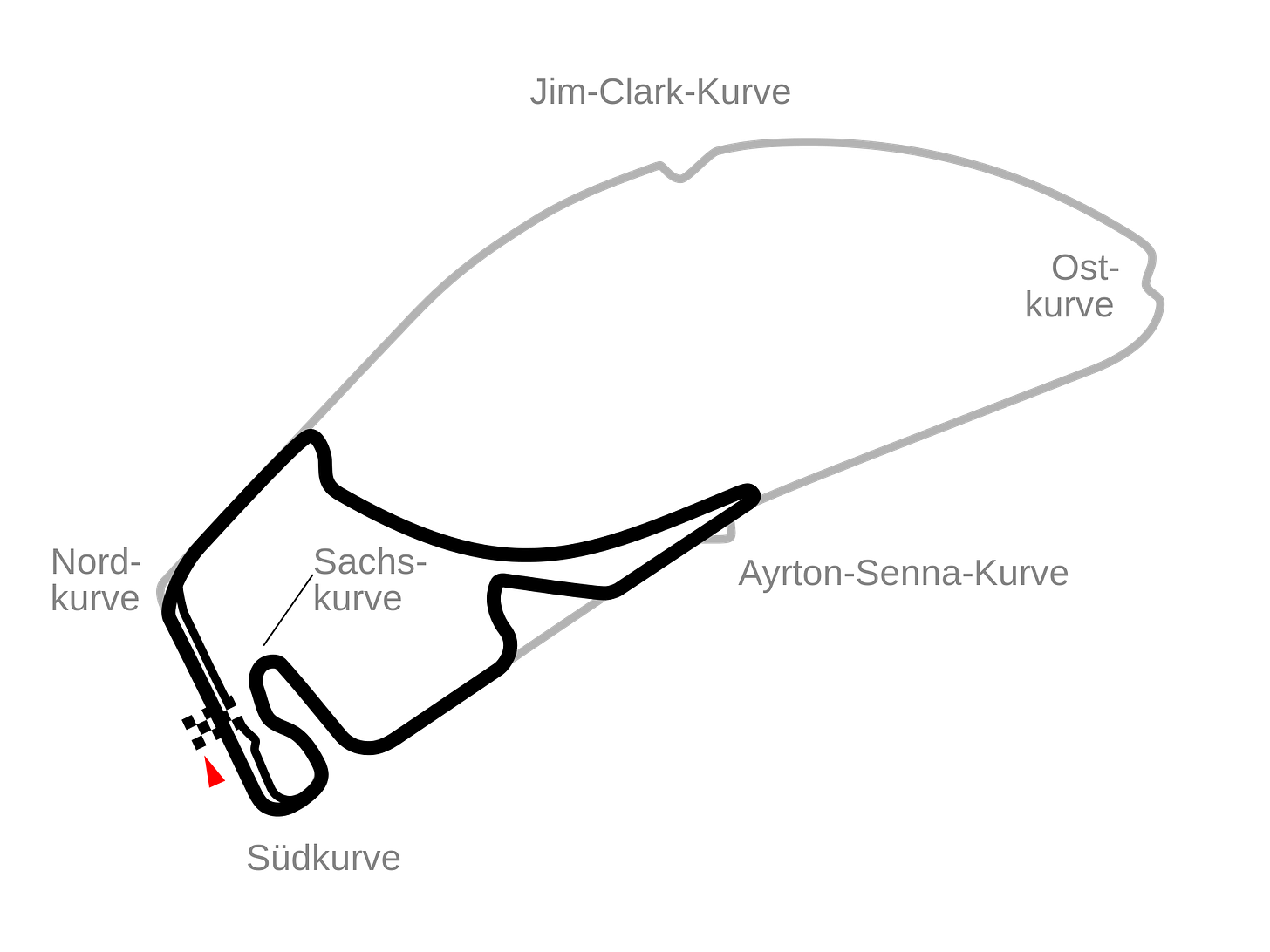
Some of Tilke’s earlier coups were the redesigns of the A1 Ring (Red Bull Ring) in Austria, Hockenheimring, Circuit de Catalunya and Nürburgring, as well as Fuji Speedway in Japan. These redesigns built Tilke’s reputation which afforded him the opportunity to build new circuits from scratch. Of these, one of the most notable and most popular is the Sepang International Circuit in Malaysia. F1 no longer races at this track, which is a terrible shame. The Sepang circuit was a crowd and driver favorite. It’s a brilliant, fast, super wide, circuit with some very long straights leading into hard braking zones, this is a cornerstone of the Tilke philosophy (this is an excellent video from Chain Bear describing Tilke tracks). From the success of Sepang, Tilke went on to design the Bahrain International Circuit, the Shanghai International Circuit, Istanbul Park Racing Circuit, the Valencia Street Circuit, Singapore’s Marina Bay Street Circuit, and Yas Marina Circuit in Abu Dhabi, with its history of boring races except one - the infamous title decider that I still cannot bring myself to write about.
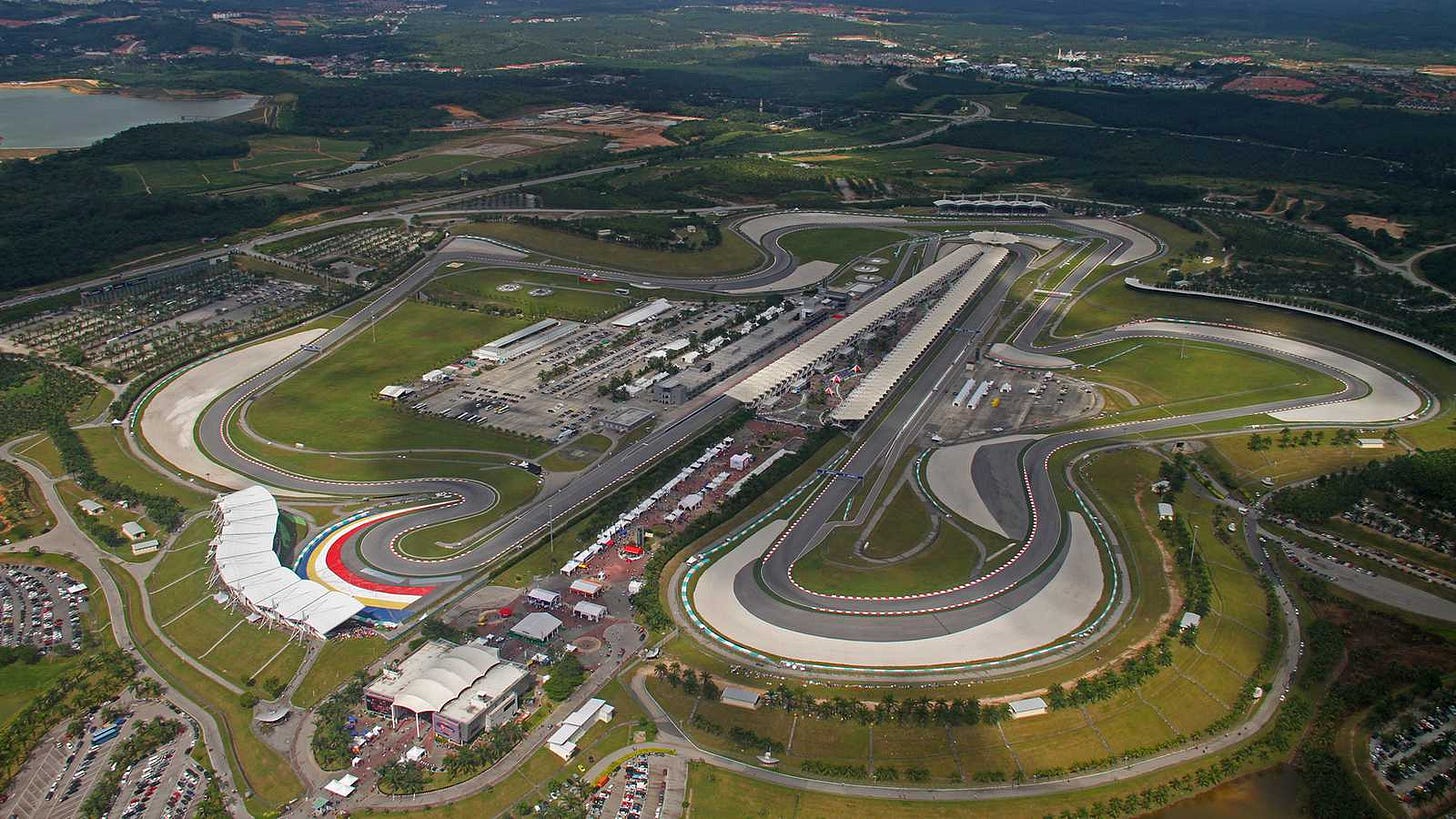
Some of the other design cues that will reveal Tilke’s hoof-prints are as we mentioned, long straights leading into tight and heavy braking zones. A series of fast esses, these are corner sequences on track where you can often hear Martin Brundle remark, “…This is where a Formula 1 car comes alive!” The esses at the Circuit of the Americas in Austin, TX has a series of these, as does Suzuka (not a Tilke track), as well as the Shanghai International Circuit. Another design cue of Tilke’s is very precise turns, ie turns that a laid down in the way Tilke has rendered them, and not carved or shaped out of the existing landscape. Lastly, “extravagant” facilities are yet another Tilke trademark. This last point is worth lingering on. It can be difficult to discern from watching a race weekend on TV, but many of F1’s beloved historic circuits, unfortunately come with historic facilities. Track infrastructure has had difficulty keeping up with the requirements of modern F1. Facilities at F1 tracks can be too small, dingy, and awkward which can also make them unsafe. Garages designed for 60’s-era F1 cars are having trouble accommodating the big cars and fancy modern equipment we have now. Tilke designing brilliant facilities is a nod to keeping the people who pay his bills, happy; with the added benefit of making pit lanes safer, and garages more comfortable to work in.
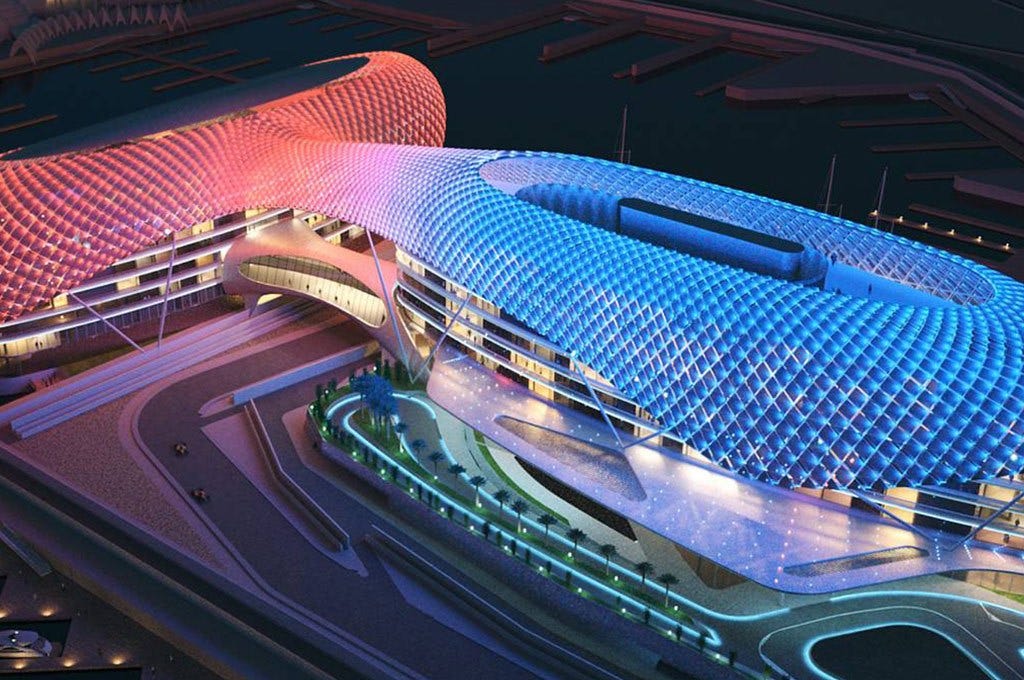
As you may have noticed by now, F1 is a hyper-competitive and contentious world. Everything, and I do mean everything, is fought over and argued about and Tilke designed circuits are no different.
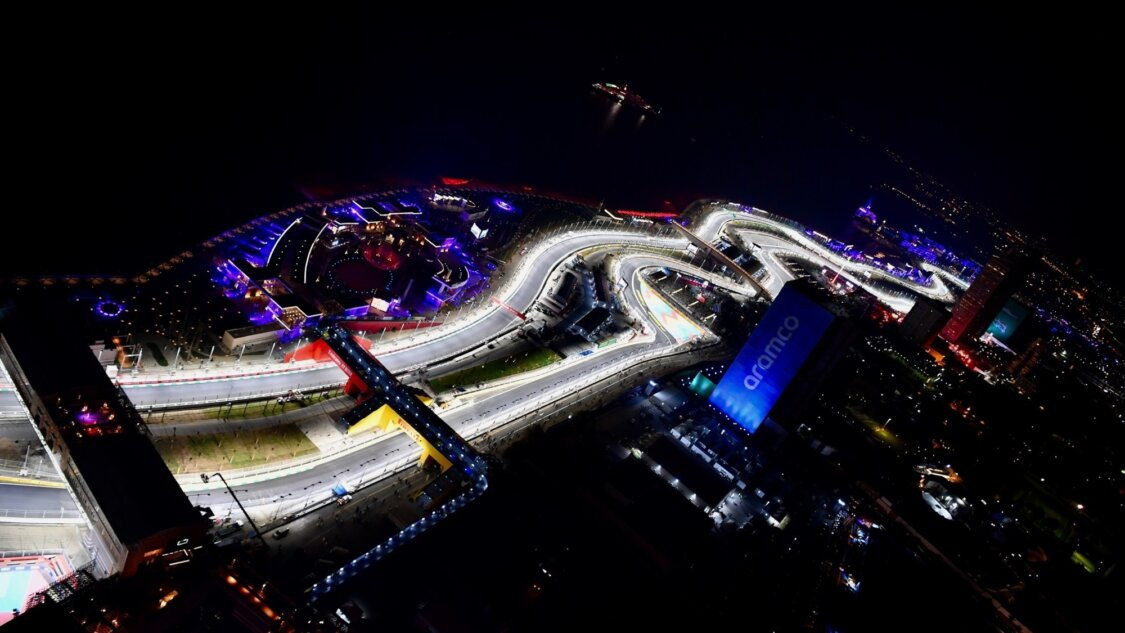
To this day, it still remains a mystery, as to how and why F1 is continually darkening Tilke’s doorway to design their tracks. There is no dearth of talented designers on this planet. How in the world is this guy the only one the FIA will let design a track?
Tilke circuits, over the years, have come under some harsh criticism. Journalists, drivers, and stakeholders of all sorts in F1 continually lob versions of the same criticism at Tilke - his tracks are all the same: Boring. There is a big disconnect here. The FIA only has eyes for Hermann, and everyone else thinks he’s boring. Yes, Hermann might be the soup sandwich brother-in-law F1 has married, and nobody else in the family can understand why.
While critics were always grumbling about Tilke’s circuits, Abu Dhabi’s Yas Marina Circuit turned up the volume on those grumbles. The criticism here was that Tilke was much more interested in designing great facilities and was short-changing track design that had F1 throwing up lame races in gorgeous places. F1 commentator Alexey Popov coined the term “Tilkedrome” as a way to signal the general dissatisfaction with these opulent, multi-million dollar circuits that continually failed to provide great racing. Tilke’s circuits had come to be seen as unoriginal and largely derivative of one another. Yet another criticism, albeit tricky, is around the run-off areas of Tilke tracks. To enhance safety, which is one of the parameters Tilke, the FIA, and F1 are dedicated to, Tilke’s tracks often contain large swaths of paved run-off. The criticism here is that these very safe run-off areas don’t penalize drivers enough for going off-track. 1980 World Champion Alan Jones said of Tilke’s tracks that they are "just one constant-radius corner after another.”
These criticisms of Tilke and his work are not without merit. However, F1 as a sport has been widely criticized for decades over the lack of passing and the lack of close wheel-to-wheel racing. While I don’t think all the criticisms of Tilke are necessarily wrong, I also believe Tilke is one of the many scapegoats that fans and journalists have decided to punish for the many sins of Formula 1 as a whole. Lots of passing and close racing has been Formula 1’s one-armed man for as long as I’ve been watching the sport. The old Hockenheimring didn’t exactly impress on this front, and when Tilke redesigned it, he got flayed for butchering a once glorious old-school F1 track. That’s a no-win situation. Most of all for Hockenheim because F1 doesn’t race there anymore. All that time, money, history, and arguing and the track was simply abandoned by the whole F1 circus in 2019.
All told Tilke and his tracks are at the very least interesting. Personally, I think Sepang and COTA in Austin, TX, are masterpieces. Great tracks that pretty regularly give us exciting races. Bring back Sepang!
I am not, in a general sense, opposed to Hermann Tilke-designed circuits. However, I am utterly baffled as to why, out of eight billion people, he’s the only one allowed to design an F1 circuit. Surely, there are other talented transport and traffic management graduates out there.
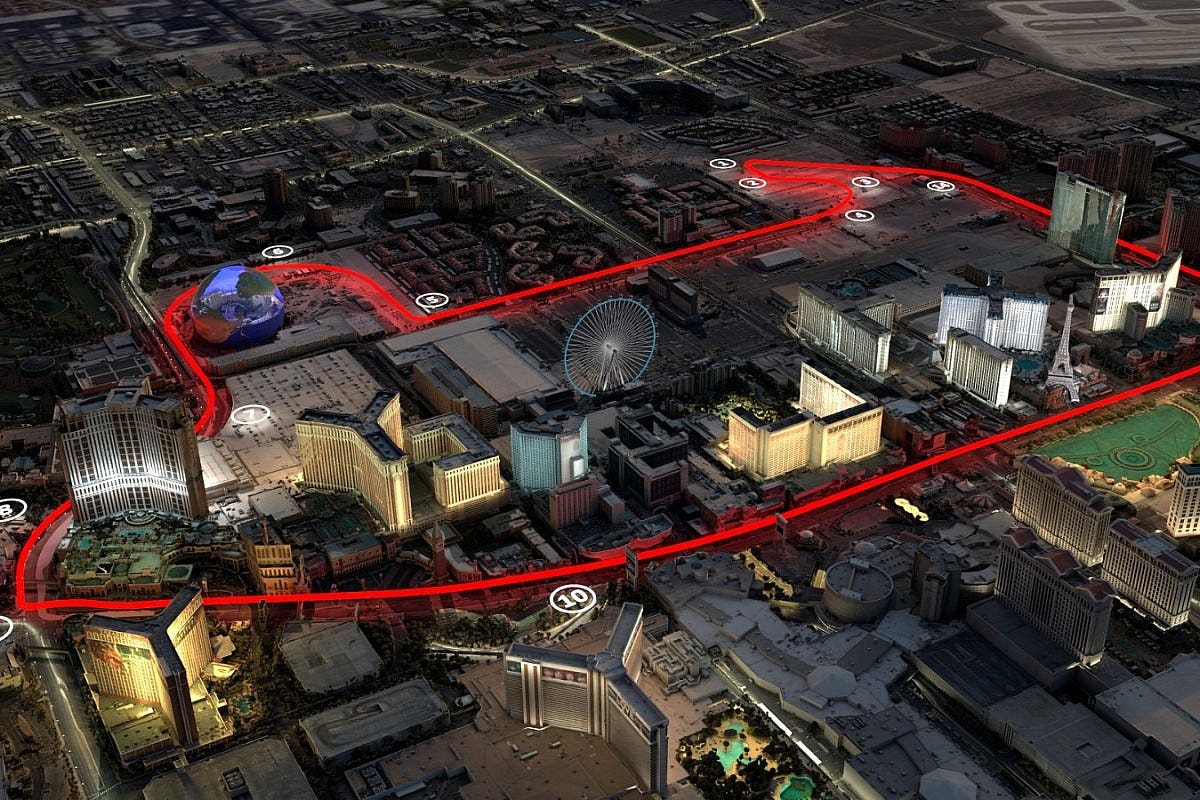
F1 tracks should be as diverse and different from one another as possible. They should give drivers a relentless kaleidoscope of challenges. Why doesn’t every country that hosts a Formula 1 Grand Prix have an open design competition for their nation’s track? A competition like this might yield a heartwarming and enduring gift like the story of the Alaskan state flag; designed by 13-year-old orphan Benny Benson in 1926/27’. While it’s probably not a good look for F1 to have orphans designing tracks; It is also not a good look, I would argue, to have one German guy designing every track for over twenty years.
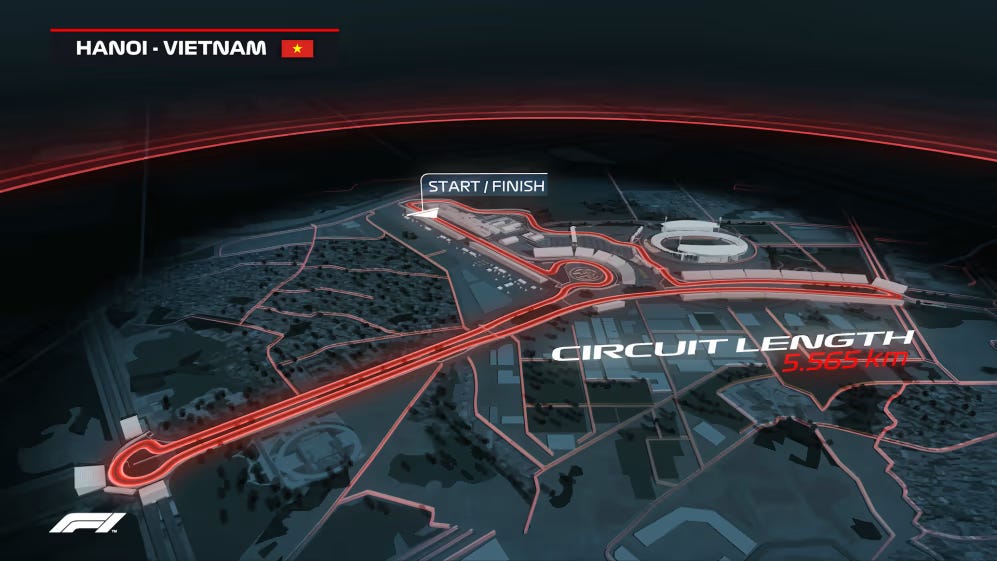
Sure, we are all looking forward to Las Vegas this year and Vietnam’s first race in Hanoi in 2024, both Tilke-designed tracks. I hope you have an appetite for long straights, heavy braking zones, and wiz-bang facilities. There’s more on the way.






